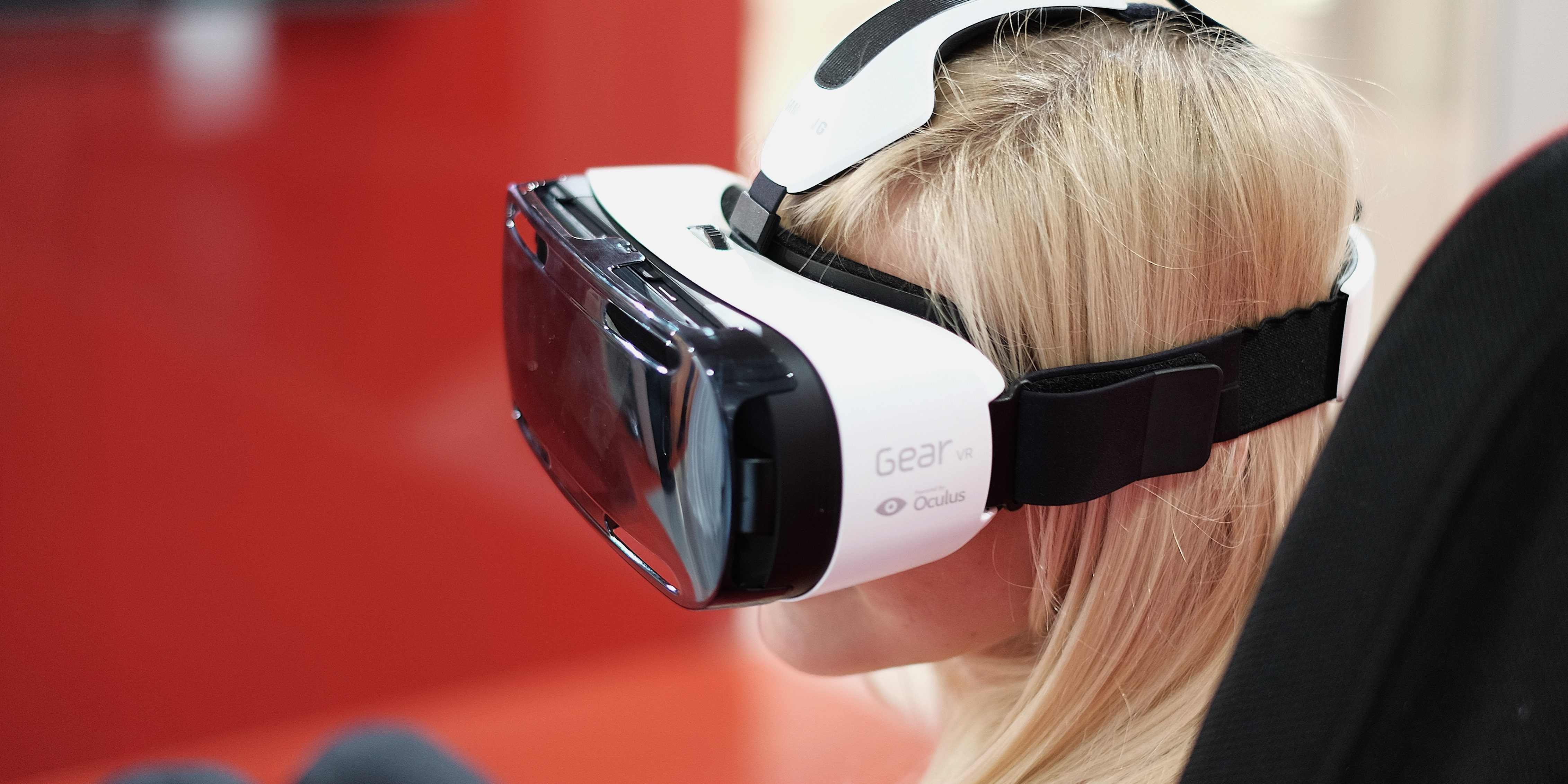Last time we looked at virtual payments or vCommerce. In this blog, we will look at the travel industry and how it can use virtual reality to take us on a virtual vacation.
Travel broaden s the mind and takes us to places we can only dream about. That’s the beauty of our world: everywhere is different. There are so many different cultures, landscapes and ways of thinking.
s the mind and takes us to places we can only dream about. That’s the beauty of our world: everywhere is different. There are so many different cultures, landscapes and ways of thinking.
Unfortunately, most of us cannot afford to travel all year round. Especially for an average income family, who have children and homes to take care of before they even think of discovering another part of the world.
VR could provide an alternative to actually going somewhere on holiday. As VR become increasingly sophisticated, it may be that we can soon travel to many exotic places without having to be there physically. But how can this benefit us?
Try before you buy
It’s now common to try before you buy. You try the free samples at a supermarket, you test drive a car. This could be the same for a holiday. Rather than poring over brochures for weeks on end, travel agencies could offer people a first-hand virtual experience of what to expect when they go to certain countries.
 This could also create a better understanding of other countries and their cultures. Plus, you can do it all in the comfort of their own home. Google has a serious advantage here, where they could act as the main hub, using both Google Maps and Google Earth to transport the user to another part of the world. Imagine an immersive google earth or street view.
This could also create a better understanding of other countries and their cultures. Plus, you can do it all in the comfort of their own home. Google has a serious advantage here, where they could act as the main hub, using both Google Maps and Google Earth to transport the user to another part of the world. Imagine an immersive google earth or street view.
While researching previous articles, I came across this term for being immersed in VR – armchair wanderlust. Now whether you are in an armchair or not, you can see the appeal.

VR travel can also be used to educate and broaden our horizons. Discovery and National geographic have created 360 videos of some of the most breathtaking and awe-inspiring sights for the naked eye to behold. The polar effect takes you on a tour through the Reykjanes Peninsula in Iceland. But there are many other examples, from close and personal wildlife safaris to extreme sports events.

Travel, airline and hospitality companies have all been trying to use VR. As part of an experiment British airways and Qantas have been distributing Samsung headsets to business and first class passengers, so they can see their destination before they arrive. Australia has also invested 40 million dollars in spreading awareness about the beauty of its nation. Hotels like the Marriott have been offering executive access to their suites via VR, so the customer knows exactly what to expect. As a result, It’s likely that holiday planning and satisfaction will significantly increase.
Feel the (sun)burn
Full spectrum VR immersion will not be available or even possible for a good few years. After all, seeing and feeling are two completely different things. Virtual reality still has a long way to go, before we can truly feel like we are somewhere else. But the foundations have been set and a multitude of companies continue to invest in this young and thriving market. And you can understand why, We have seen how VR can be used in and for so many different ways – in the workplace, in schools, at concerts, for sport, film, music, fashion, real estate and even travel. VR will gradually assimilate itself into our lives with ease, for our benefit and when it becomes ‘realer’ than reality, it will be well worth the wait.
Thanks for reading
More blogs on subjects like: healthcare, hi-tech, marketing, futurology and much more in our storybook.
[Any other non-sourced imagery was found on an advanced google image search for commercial resuse only]







